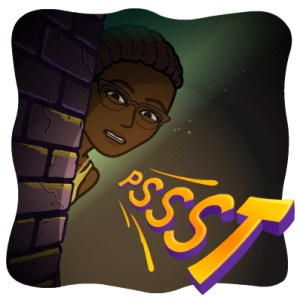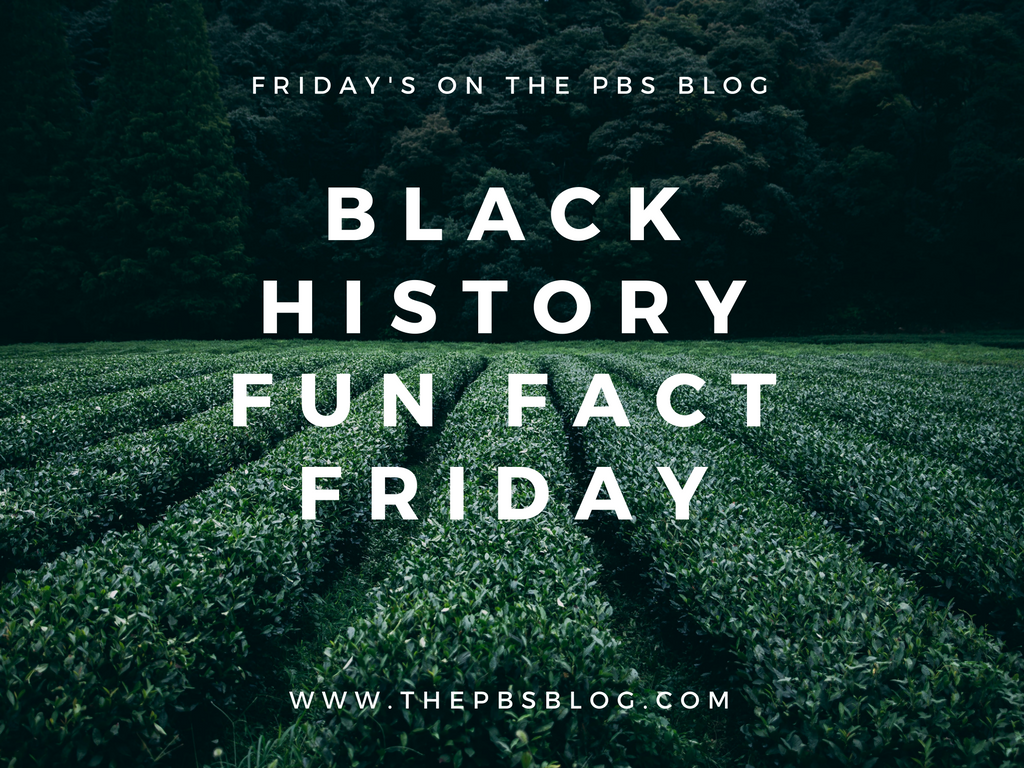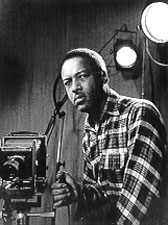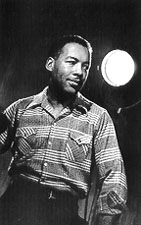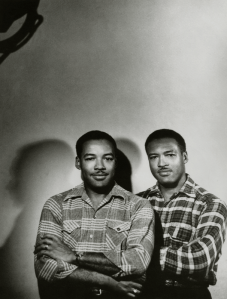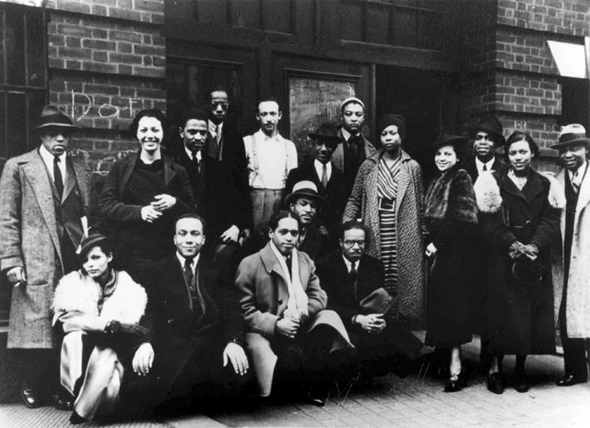Title: Crossroads: Women Coming of Age in Today’s Uganda
Editor: Christopher Conte
Print Length: 180 pages
Page Numbers Source ISBN: 1507680228
Publication Date: August 30, 2015
ASIN: B014QBPALM
Crossroads is a fascinating anthology comprising autobiographical essays by several Ugandan women. I loved the opportunity to learn more about the Ugandan culture, the upbringing of African women, and how it is different (and in many ways similar) to the upbringing of Black women here in America. Rarely do we hear of what these women endure so it was refreshing to read about it. All of the stories have a common coming-of-age theme where the women discuss their experiences coming into womanhood among the customs and traditions of their country. We learn about their childhoods, sex, marriage, career, and livelihood.
All of the stories were compelling, but a few really stuck out for me more than the others. I enjoyed the opening story, for instance, about the meaning of names and the cashier mistreating the woman because of her name. I can relate to having a unique name myself and I am often asked the same questions that Nakisanze Segawa was asked.
Two stories had the biggest impact on me above all the others. The young women taken from their University without a word, abused and forcibly imprisoned was heartbreaking. I also found the customs surrounding the Ssengas both fascinating and odd.
By custom Ssenga’s are paternal aunts who assume special responsibilities and help to guide the women, their “nieces” in the ways of society. They teach the women how to behave, submit to a man, how to display class and grace, they monitor their manners and their ways around the house.
Ssengas teach young women about their bodies, hygiene, and sex, preparing them to be good wives. I love the concept of having someone there to mentor young women and to ensure they grow to be respectable wives and mothers. The fact that the Ssengas take over this role and not the mother is interesting to me. I found myself wondering if it would help for young women in the States, especially young Black women without mothers, to have this kind of guidance and support instead of having to figure things out on their own or in the street.
I enjoyed least the extent to which the teachings of the Ssengas went. It’s one thing to teach young women about their bodies and how to be wives, but the extent to which these women are obligated to serve their husbands is, in my opinion, oppressive. Some of the behaviors were utterly offensive and unwarranted. I support the idea of submitting. I think that men are the spiritually appointed head of the home and that wives should submit to their husbands as the Bible commands.
However, I dislike how submission is abused, manipulated, and twisted to support abusive behavior. Not only do women in America have an inaccurate concept of submission but so do women in other countries. Submission is not slavery; a man’s authority over his wife does not exempt him from certain duties and responsibilities or allow him to be abusive. Men are to love their wives as their own bodies, and a wife supports and respects her husband.
If done properly, submission and authority can work well but if not done correctly, can easily become oppressive for both parties.
Some great qualities are promoted in Uganda that many women across the globe can benefit from, but there are some things that we may find strange if we didn’t grow up that way.
This book sparks great conversation about the lives of women and is relevant considering the social and political climate of our time.
In what way does earning degrees and having an education balance with being good wives? Do the women defy tradition or follow it?
Movement / Strength: 5/5
Entertainment Factor: 5 /5
Authenticity / Believable: 5/5
Thought Provoking: 5/5
Overall: 5/5
Crossroads: Women Coming of Age in Today’s Uganda is available now on Amazon

About the Editor
Christopher Conte is an American journalist who spent fifteen years as a reporter and editor for the Wall Street Journal before beginning a freelance career. He has traveled extensively throughout Africa, eastern Europe, and Asia, as a consultant for the World Bank’s International Finance Group. Conte has also worked as a trainer and mentor to journalists in Uganda, and other locations throughout Africa and Asia.




